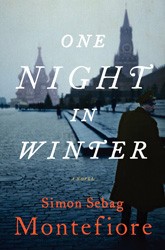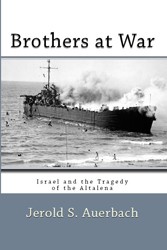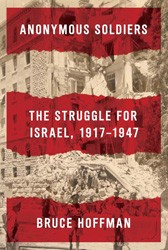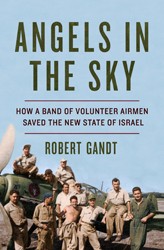The author’s great-great uncle, Sir Moses Montefiore (1784−1885) had a tremendous influence on the city of Jerusalem and modern-day Israel. Perhaps that is what motivated Simon to tackle this monumental task: a history of the “only city that exists twice — in heaven and on earth” — from the Bronze Age through the current negotiations on the city’s “final status.”
With a keen eye for detail, the author parades for the reader the invasions of Jerusalem, after the Jewish Kings, by the Persians, Macedonians, Romans, Arabs, Crusaders, and Ottomans. The leaders of these groups— known to many only as statues or paintings in museums — come alive with their intelligence (mostly wicked), savagery, foibles, and even bedroom peccadilloes.
However, it is perhaps Jerusalem’s history from the eighteenth century on through which the reader gains the most new insight into the decisions of past leaders quoted today to build credence for one argument or another.
The Epilogue, in which the author attempts to sketch Jerusalem’s likely future, left this reviewer wanting but that is not Sebag Montefiore’s fault. He is a historian, after all, and never intended to join the ranks of Jonah, Micah, and Nahum, the prophets who walked Jerusalem in Biblical times.
This book should interest all who feel close to Jerusalem and want to connect with the history of those stones we and others treasure so much. Bibliography, genealogy, index, maps, notes, photographs.





